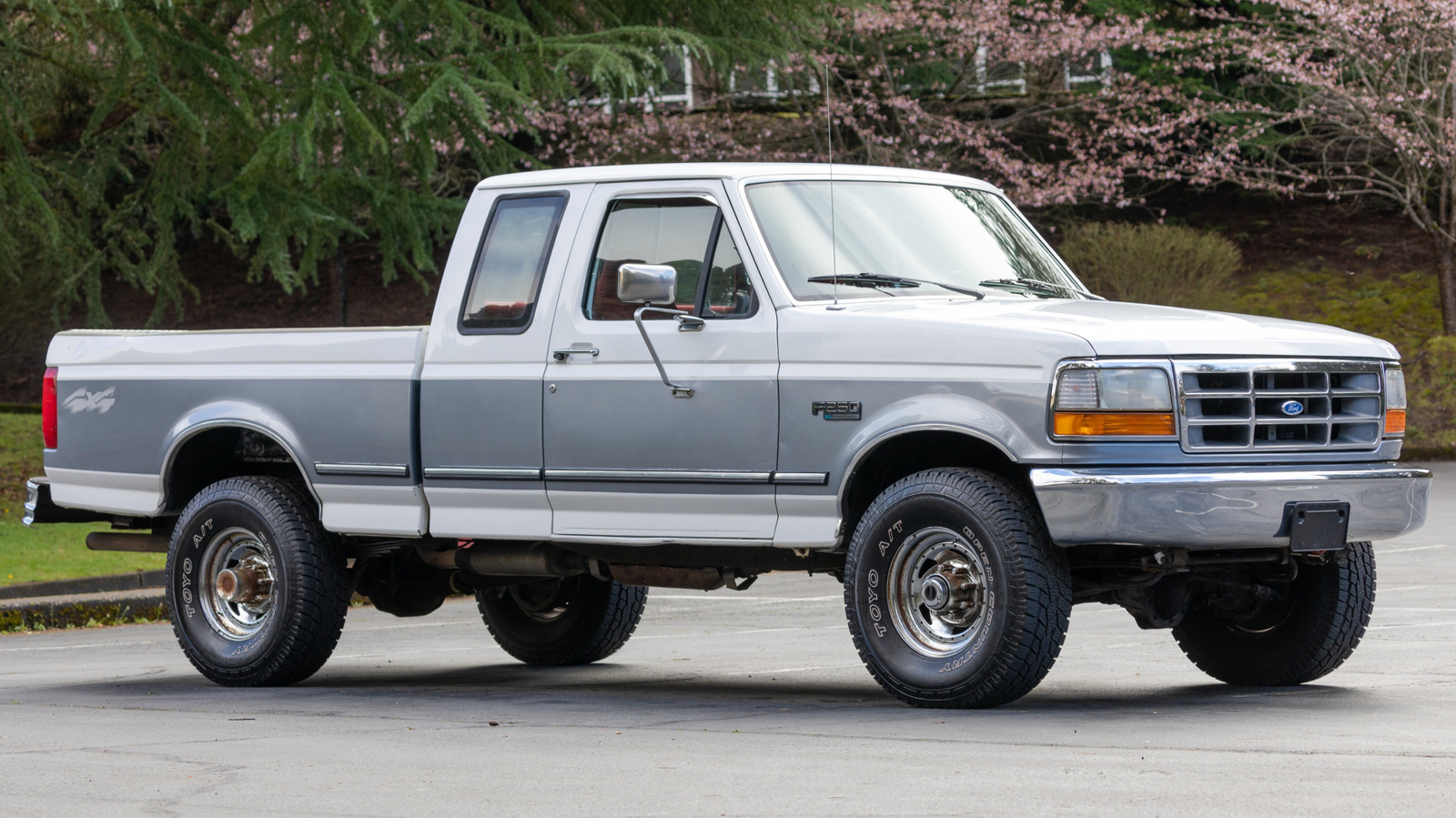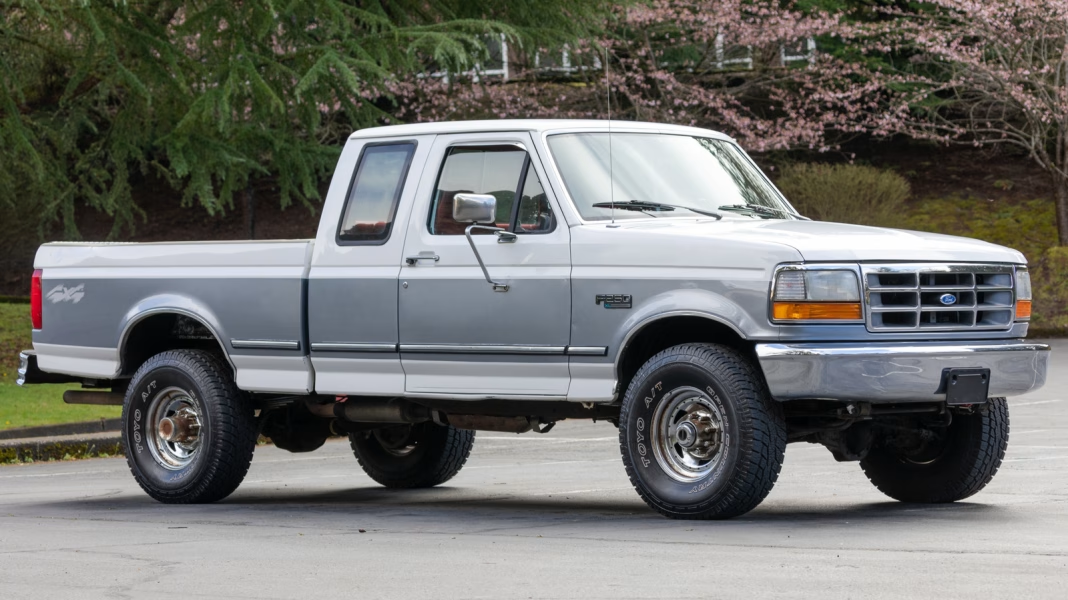Why Do Diesel Trucks Have Two Batteries?
If you’ve ever taken a close look at a diesel truck, you might have noticed something peculiar: many of them come equipped with not one, but two batteries. At first glance, this might seem like overkill, but there’s a solid reason behind it. Let’s dive into the mechanics and benefits of this setup.
Understanding Diesel Engines
Diesel engines are known for their power and efficiency, but they also require a bit more juice to get started compared to their gasoline counterparts. Unlike gasoline engines, which rely on spark plugs to ignite the fuel-air mixture, diesel engines use compression to ignite the fuel. This means that the engine needs a significant amount of power to crank over and reach the necessary compression levels.
The Role of Two Batteries
So, why two batteries? The primary reason is to ensure reliable starting power. Diesel engines, especially larger ones, can have high compression ratios, which means they need more energy to start. A single battery might not provide enough power, particularly in colder weather when the engine oil thickens and makes it harder for the engine to turn over.
Having two batteries allows for a greater reserve of power. When one battery is drained or struggling, the second can step in to provide the necessary boost. This redundancy is particularly crucial for heavy-duty trucks that are often used in demanding conditions, where reliability is paramount.
In addition to starting power, two batteries can also help support the electrical systems of the truck. Diesel trucks often have a range of accessories and systems that require electricity, from lights and air conditioning to advanced navigation systems. With two batteries, the load is shared, reducing the strain on each battery and extending their lifespan.
Real-World Example: Cold Weather Performance
Consider a scenario where a truck is operating in a frigid environment. The cold can sap battery power quickly, making it difficult for a single battery to start the engine. However, with two batteries working in tandem, the chances of a successful start increase significantly. This is why you’ll often find two-battery setups in trucks that operate in colder climates or in industries where reliability is critical, such as construction or long-haul trucking.
Maintenance and Considerations
While having two batteries offers clear advantages, it’s also important to keep in mind that this setup requires proper maintenance. Both batteries should be of the same type and age to ensure they work harmoniously. If one battery is weaker than the other, it can lead to uneven wear and potential failure. Regular checks and maintenance can help ensure that both batteries are in good condition, providing the reliability that truck drivers depend on.
The Bigger Picture: Efficiency and Longevity
Ultimately, the use of two batteries in diesel trucks isn’t just about starting power; it’s about enhancing the overall efficiency and longevity of the vehicle. By ensuring that the electrical systems are well-supported and that the engine can start reliably under various conditions, truck manufacturers are able to deliver vehicles that meet the high demands of their users.
The big takeaway? Diesel trucks with two batteries aren’t just a quirky feature; they’re a smart solution to the challenges posed by powerful engines and demanding conditions. If you’re in the market for a truck, consider how this dual-battery setup can contribute to reliability and performance, especially if you plan to tackle tough jobs or drive in challenging weather. A little extra power can go a long way in keeping you on the road and getting the job done.


